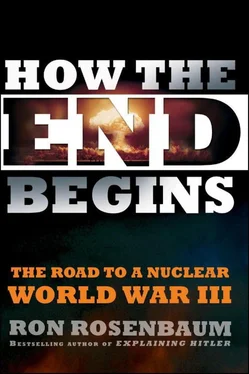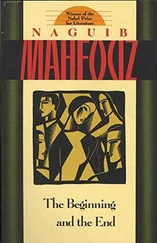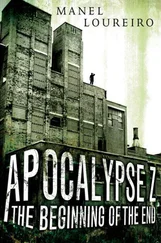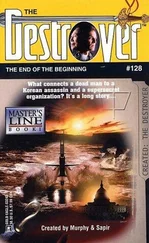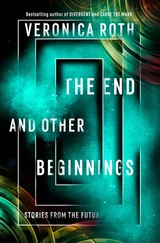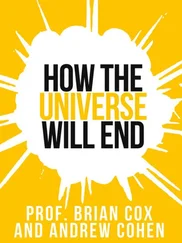Dr. Payne is officially the head of the double-plus bland-sounding National Institute for Public Policy, a Beltway think tank that focuses on national security. [92]But in fact he belongs to the new generation of sophisticated nuclear hawks who have not gotten the attention of the showy Cold War “wizards of Armageddon” such as Herman Kahn. [93]
The highly controversial 2001 Nuclear Posture Review, the first in the George W. Bush administration, reflected ideas Dr. Payne had been nurturing and promoting during the ’90s when many nuclear strategists had abandoned the field. His ideas became Bush’s nuclear policy.
Many of these ideas were criticized by the liberal arms control community for lowering the nuclear threshold, expanding the possibility of first use of nuclear strikes on nonnuclear powers and rogue states. [94]Dr. Payne is also one of those who kept alive the sputtering flame for the space-based ballistic missile defense known as Star Wars, whose promise was that it could shoot down missiles aimed at our nation. He did so on ethical grounds, arguing it was immoral not to take active measures to protect your noncombatant citizens. He took the lead in advocating junking the antiballistic missile treaty (ABM), [95]which is what happened in 2002, and became a tireless advocate of nuclear “bunker busters,” those “Robust Nuclear Earth Penetrators” designed to take out “hard and deeply buried targets.” [96]
You could think of him as a second-generation Dr. Strangelove, or a less flamboyant but more effective Herman Kahn, the man on whom Dr. Strangelove is partly based. In fact, I first heard his name in a conversation I had a year before the Deterrence Symposium with Max Singer, who was a founding partner of Herman Kahn’s Hudson Institute. [97]Singer himself was still in the game. He was working on a government contract involving ballistic missile defense that had run into the problem of balloon decoys. Ballistic missile defense advocates still had to contend with metal-covered balloon decoys that attacker missiles could release to make targeting a nightmare. Baloonacy, if you ask me. Singer said Dr. Payne was the nuclear intellectual of the moment. And as I discovered by reading his work, he was a razor-sharp polemicist—so good at articulating the value of nuclear weapons that I began to think of “the Payne effect.” [98]
His essays seemed so well argued that I would begin to forget that the whole system he was defending involved a logic that led one to accept the necessity of placing the entire population of the world, or the Northern Hemisphere anyway, in jeopardy of multiples of a hundred Hiroshimas. What fascinated me was how different an attitude he had toward nuclear weapons. They had feelings. Dr. Payne felt their pain. In the closing section of the essay handed out at that conference, he wrote: “Winston Churchill warned, ‘Be careful above all things not to let go of the atomic weapon until you are sure and more than sure that other means of preserving peace are in your hands!’ There is no known basis for concluding that those other means are at hand or that threats to peace will disappear. Until then embracing nuclear disarmament seriously as the priority U.S. goal should be recognized as entailing the serious risk of further vilifying those U.S. forces that may be important to deter future wars, assure allies, and help contain nuclear proliferation.” [99]
“Vilifying” nuclear forces! The nerve! Some would just look at their capacity to kill 10 or 20 million people at a time as a bit of an obstacle to celebrating them. But Dr. Payne nearly implied it was “the forces” themselves, meaning the bombs, that were being vilified. They had feelings too! By saying don’t vilify nukes or those who command them, he’s actually performing an act of intellectual daring: sympathy for the devil. He is opening up the possibility that they deserve more than a defensive crouch in polite company, a cringe away from the light, but the thanks of a grateful nation.
Being good to our nukes was a subtext of the conference. Virtually everyone there was pushing the development of a generation of more technically advanced nukes that went under the rubric of the RRW, the Reliable Replacement Warhead. [100]Dr. Payne is big on this. The RRW people depict the current generation of warheads as aging, decrepit, and decaying despite the so-called Life Extension Program, the LEP, initiated in 2003 by the Energy Department, which is officially in charge of nuclear warhead production. [101]The LEP was meant to prolong the utility of the current Cold War–era warheads rather than spend trillions on a whole new set of high-tech nukes. Dr. Payne and his cohorts love the RRW because if they were developed, they would need to be tested, and there would be no need to ratify the Comprehensive Nuclear Test Ban treaty, which the Senate initially rejected in 1999.
The whole issue of what to do with our aging nuclear warheads is at the heart of of the mysterious FOGBANK Controversy. [102]It arose from a 2008 leak in a nuclear industry magazine about difficulties being experienced in the Life Extension Program in the key nuke-making lab known as Pantex, in Amarillo, Texas. In February of that year, the Energy Department announced that it had accepted the first of the new life-extended nukes, but in late May, Global Security Newswire, a valuable source for collecting reports on nuclear weapons developments, reported that Pantex was having difficulty delivering the actual refurbished weapons. The claim was that those working on refurbishing old nukes under the LEP were running into trouble because they had lost the know-how, skill, secret formula—it wasn’t clear—to make an ingredient necessary to hydrogen bombs, an ingredient evocatively code-named FOGBANK. “I don’t know how it developed that we forgot how to make FOGBANK,” said an Energy Department spokesman without irony. [103]
There has been a fog of war surrounding what FOGBANK is, and whether the problem about producing it had been solved. But the hawks used the development as an alarming example of the loss of “intellectual infrastructure” we had suffered from not giving enough TLC to our nukes. In November 2009 a Pentagon-sponsored panel, having reviewed the aging warhead Life Extension Program, announced that the program was working and would until the foreseeable future, FOGBANK or no FOGBANK.
The hawks may have experienced a minor setback, having failed to kill Life Extension, so to speak. But they were girding for the real showdown with Obama in Omaha. And I was girding myself to ask the generals there the Forbidden Question I’d put to the missile crewmen, the ones who showed me their launch keys at the Minuteman silo launch control center during the Cold War. Their answer had haunted me ever since.
THE MUTANT BUNNY RABBIT MOMENT
That encounter had occurred shortly after Easter 1977 in the ready room, the plywood paneled concrete rec room with the soda and candy machines where missileers got ready to be shuttled out to their underground command silo, deep beneath the earth amid the silo farm of missile-size shafts sunk in the prairie that housed, beneath hardened domes, the actual one-megaton thermonuclear warhead–bearing missiles. [104]
A handful of missile crewmen was awaiting the shift change. They showed me the test console that had been set up to prepare for some competitive missile crew Olympics (seriously) that would be held at Vandenberg Air Force Base the following month. They let me handle the launch keys, they showed me how to twist them in their slots “hard to the right and hold for two seconds.” Two seconds and there they go.
I’ve always wondered about that two-second hold. Evidence of deliberate action; yes, they really meant it. That was the original point one imagines: no accidental key turning. But two seconds: time for deliberation? For hesitation? For remorse? What does one think when one is about to kill 20 million people with the twist of a key. Are two seconds enough—or just not enough—time to think: what am I doing?
Читать дальше
